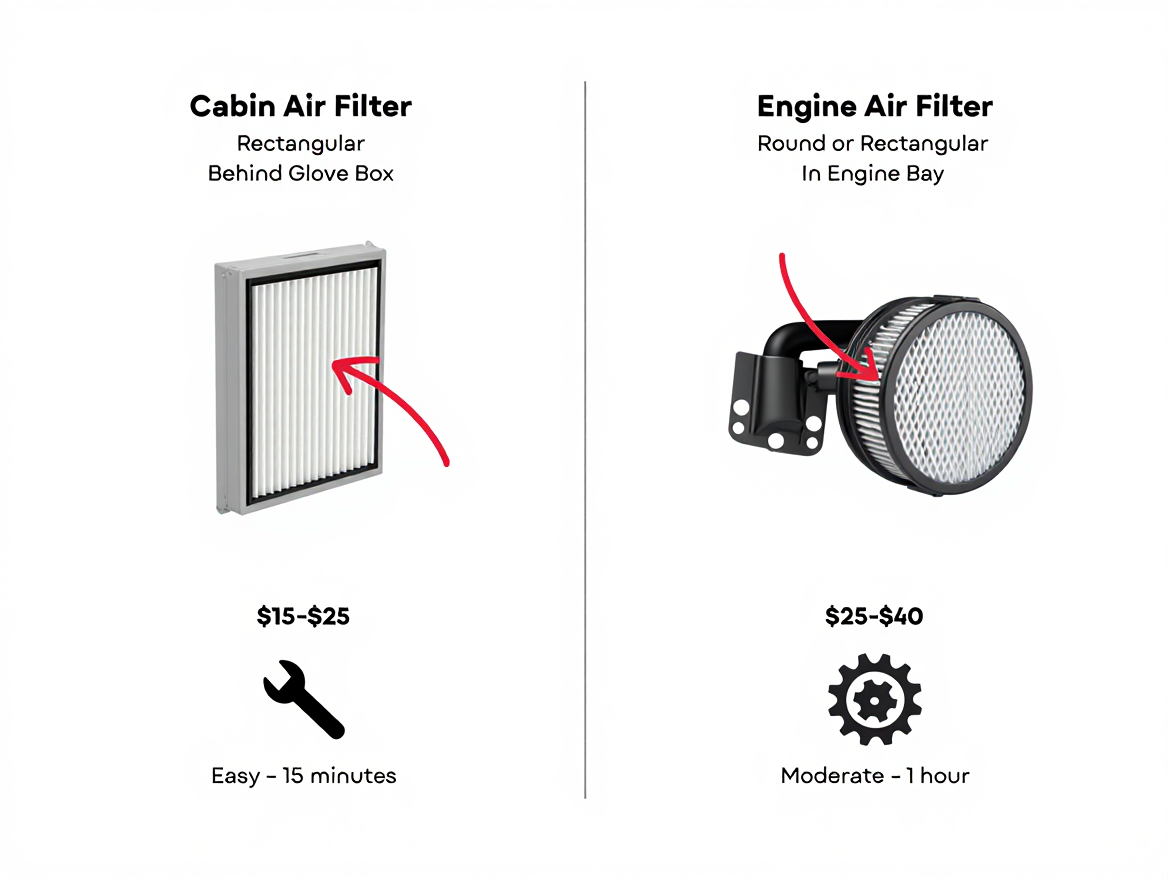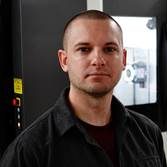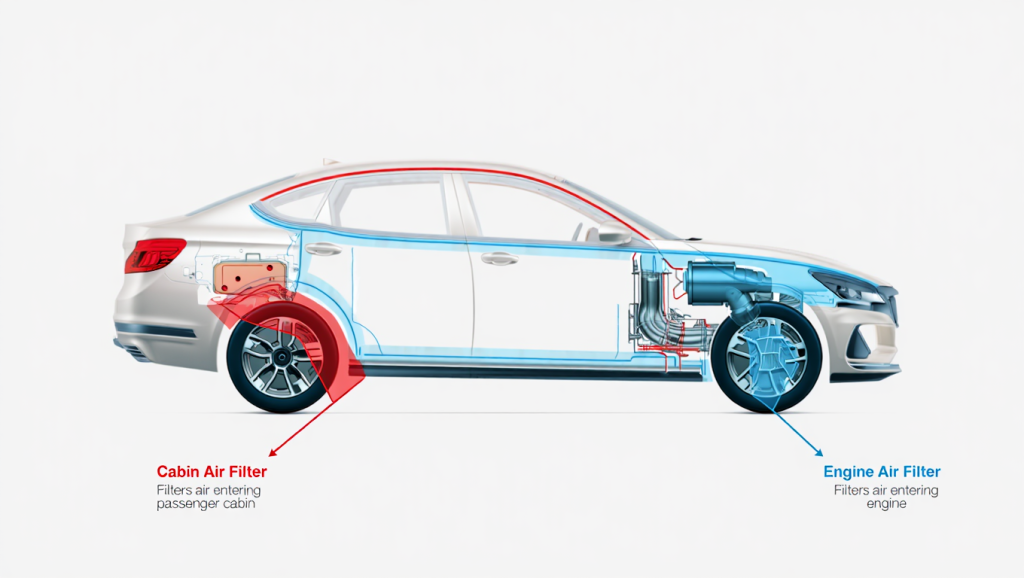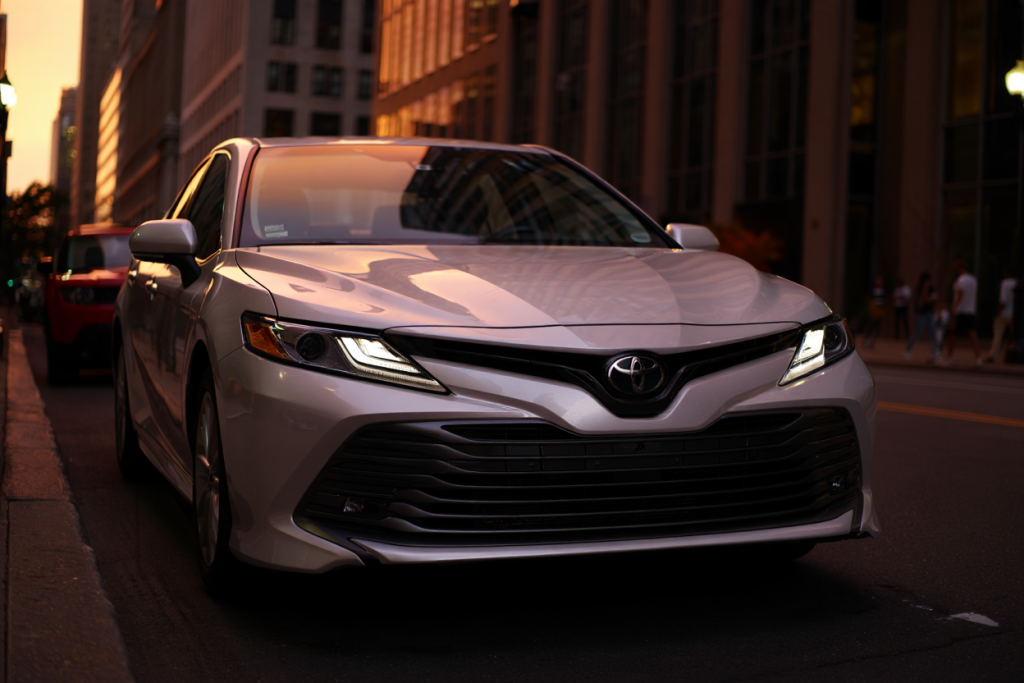When it comes to car maintenance, air filters often get overlooked—yet they play a crucial role in keeping your vehicle running smoothly and your driving experience comfortable. Two filters you’ll hear about most often are the cabin filter and the engine air filter. They may sound similar, but they serve very different purposes.
Neglecting either can lead to costly repairs, poor air quality, or reduced performance. In this guide, we’ll break down the difference between cabin and engine air filters, how they work, when to replace them, and how to choose the best replacement for your car. By the end, you’ll know exactly how to care for both and avoid common mistakes car owners make.
Understanding the Two Filters
Before diving into maintenance and replacement, let’s look at what each filter does.
Cabin Filter: Comfort and Clean Air
The cabin filter ensures the air inside your car stays fresh and free of dust, pollen, smog, and other contaminants. It’s part of your HVAC (heating, ventilation, and air conditioning) system. Think of it as your car’s “breathing mask.”
- Keeps pollen and allergens out, making drives easier for people with allergies.
- Prevents dust, mold spores, and even exhaust fumes from entering the cabin.
- Helps maintain efficient heating and cooling by preventing blockages.
Without a clean cabin filter, you’ll notice musty smells, weak airflow, and even foggy windows because the system can’t circulate properly.
Engine Air Filter: Power and Performance
The engine air filter is your engine’s first line of defense. It cleans the air entering the combustion chamber, keeping out dirt, dust, and debris. Clean air means complete combustion, more power, and better fuel economy.
- Prevents dirt and grit from scratching engine cylinders.
- Helps maintain horsepower and fuel efficiency.
- Keeps the mass airflow sensor (MAF) clean, preventing check engine lights.
A dirty engine air filter can cause sluggish acceleration, reduced fuel economy, and long-term engine wear.
Key Differences Between Cabin and Engine Air Filters

Even though both are “air filters,” they serve different parts of your car.
| Feature | Cabin Filter | Engine Air Filter |
| Purpose | Keeps air inside the cabin clean | Protects engine from dirt & debris |
| Location | Behind the glove box or under dash | Under hood, near air intake |
| Impact if Dirty | Musty odors, weak HVAC, bad air quality | Poor acceleration, reduced fuel economy, engine damage |
| Replacement Frequency | 12,000–15,000 miles (or yearly) | 15,000–30,000 miles (depends on conditions) |
| Cost (OEM vs Aftermarket) | $15–$40 aftermarket, $30–$60 OEM | $20–$50 aftermarket, $40–$80 OEM |
Signs of a Dirty Cabin Filter
A clogged cabin filter will show itself quickly:
- Weak AC/heat airflow: Your fan works harder, but less air comes through.
- Bad odors: Musty or moldy smells, especially when using AC.
- Allergy flare-ups: Dust and pollen sneak past a dirty filter.
- Foggy windows: Poor airflow prevents moisture control.
Ignoring a bad cabin filter won’t kill your engine, but it makes driving uncomfortable and can damage your blower motor over time.
Signs of a Dirty Engine Air Filter
A dirty engine filter affects performance and efficiency:
- Sluggish acceleration: The engine struggles for air.
- Poor fuel economy: Incomplete combustion wastes gas.
- Black smoke from exhaust: Too much fuel, not enough air.
- Check engine light: MAF sensor issues from restricted airflow.
Neglecting the engine filter leads to expensive repairs—dust inside cylinders can cause scoring, forcing premature rebuilds.
Replacement Costs and Frequency
Cabin Filter Replacement
- Frequency: Every 12,000–15,000 miles, or once a year.
- Cost: $15–$40 aftermarket, $30–$60 OEM.
- DIY-Friendly: Yes—usually just behind the glove box.
Engine Air Filter Replacement
- Frequency: Every 15,000–30,000 miles. More often if you drive in dusty or polluted areas.
- Cost: $20–$50 aftermarket, $40–$80 OEM.
- DIY-Friendly: Yes—usually under a plastic cover under the hood.
OEM vs Aftermarket Filters
When replacing filters, you’ll find both OEM (original equipment manufacturer) and aftermarket options.
OEM Filters:
- Designed to meet factory specs.
- Usually higher quality material.
- More expensive.
Aftermarket Filters:
- Affordable, wider availability.
- Quality varies—brands like Bosch, Fram, and Mann are reliable.
- Some “performance” filters (like K&N) claim more airflow but require maintenance (oiling) and may let in finer dust if not cared for.
Quick Breakdown:
- If you want maximum reliability and warranty protection → stick with OEM.
- If you want to save money but still get quality → choose a trusted aftermarket brand.
- Avoid ultra-cheap filters—thin paper media won’t protect properly.
Common Mistakes Car Owners Make
Waiting Too Long to Replace Filters
By the time you smell mildew in the cabin or notice sluggish acceleration, the filter has already been overdue. Regular inspections prevent this.
Buying the Wrong Filter Size
Filters are not universal. Always check your car’s make, model, and year to get the correct fit. A poorly fitted filter allows unfiltered air to bypass.
Reusing Filters Too Long
Some try blowing filters out with compressed air. This doesn’t fully clean them and can damage the fibers, reducing efficiency. Always replace with a new one.
Installing Performance Filters Without Understanding Maintenance
Performance air filters (like K&N) can boost airflow, but they require regular cleaning and re-oiling. Neglecting maintenance can harm your MAF sensor and engine.
Pro Tips for Longer Filter Life
- Check regularly: Inspect both filters at every oil change.
- Drive smart: Avoid tailgating trucks or driving in dust clouds—they clog filters faster.
- Use recirculation mode: On dusty roads, switch HVAC to recirculate to protect the cabin filter.
- Change seasonally if needed: Allergy sufferers benefit from new cabin filters each spring.
Conclusion
Both the cabin filter and engine air filter are essential for your car, just in different ways. The cabin filter protects your comfort and health, while the engine air filter protects performance and longevity. Neglecting either one leads to discomfort, wasted fuel, or expensive repairs.
The good news? Both are affordable, easy to replace, and make a noticeable difference when kept fresh. Whether you stick to OEM or choose a quality aftermarket brand, regular filter maintenance is one of the cheapest ways to keep your car running smoothly.
FAQs
How often should I replace the cabin filter?
Once a year or every 12,000–15,000 miles. Replace sooner if you notice odors, weak airflow, or live in a polluted/dusty area. Fresh filters improve comfort, HVAC efficiency, and air quality.
Can I drive with a dirty cabin filter?
Yes, but it reduces airflow, strains your HVAC system, and worsens air quality. Long-term neglect may burn out the blower motor. It won’t stop your car, but it will make driving uncomfortable and repairs costlier.
How often should I replace the engine air filter?
Every 15,000–30,000 miles, depending on driving conditions. City drivers may need fewer changes, while off-road or dusty environments demand more frequent replacements. Inspect at every oil change for best results.
Can a dirty engine air filter affect fuel economy?
Yes. A clogged engine filter reduces airflow, causing incomplete combustion. This forces your car to burn more fuel for the same power. In some cases, fuel economy drops by 10–15%.
Are performance filters worth it?
Performance filters (like K&N) can slightly boost horsepower and last longer if maintained. However, they require cleaning and oiling. For most daily drivers, OEM or high-quality aftermarket paper filters are better value and hassle-free.
What’s the cost difference between cabin and engine air filters?
Cabin filters usually cost $15–$40 aftermarket, while engine air filters cost $20–$50 aftermarket. OEM versions run higher ($30–$80). Both are affordable and can be DIY-replaced in 10–20 minutes.

Benjamin Grey is an automotive engineer and writer at Car Parts Advisor. With years of experience in the automotive industry, he shares expert advice on car parts, maintenance, and repairs to help car owners keep their vehicles running smoothly.





